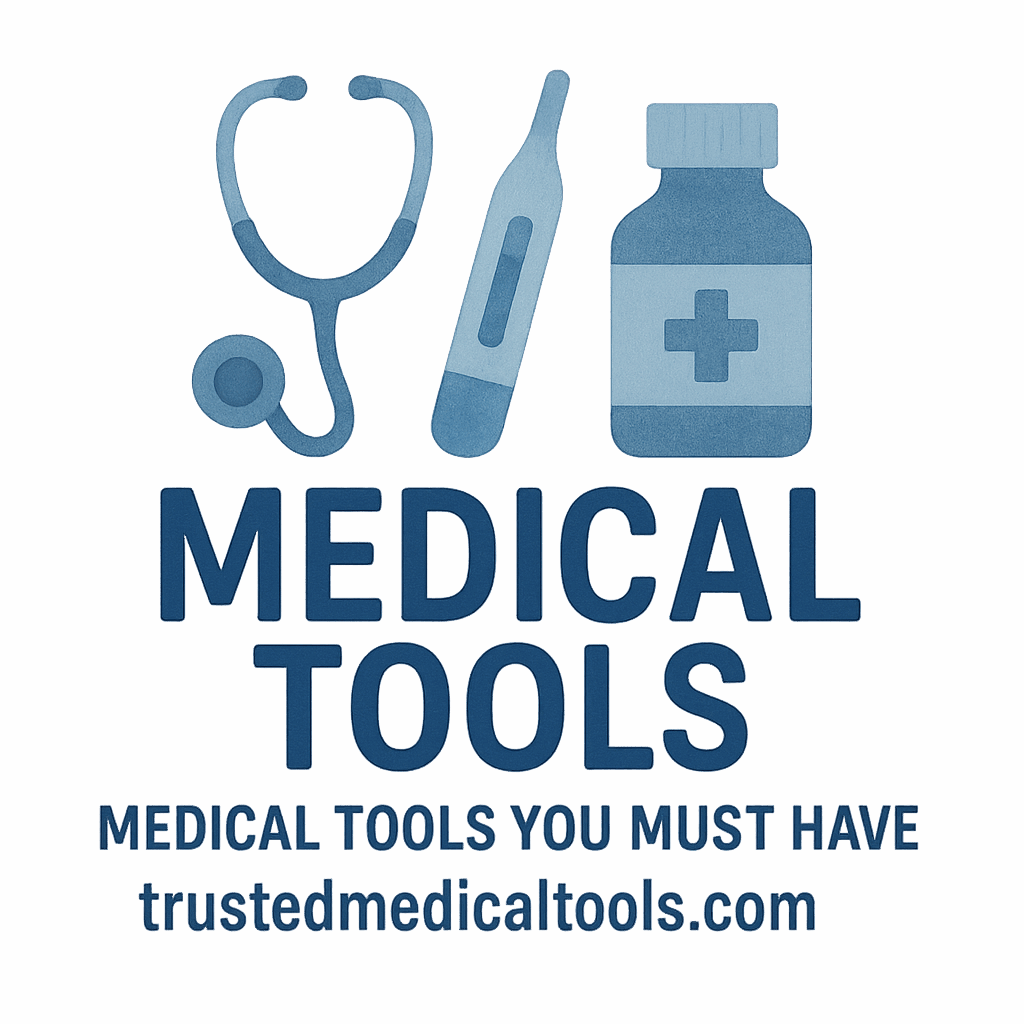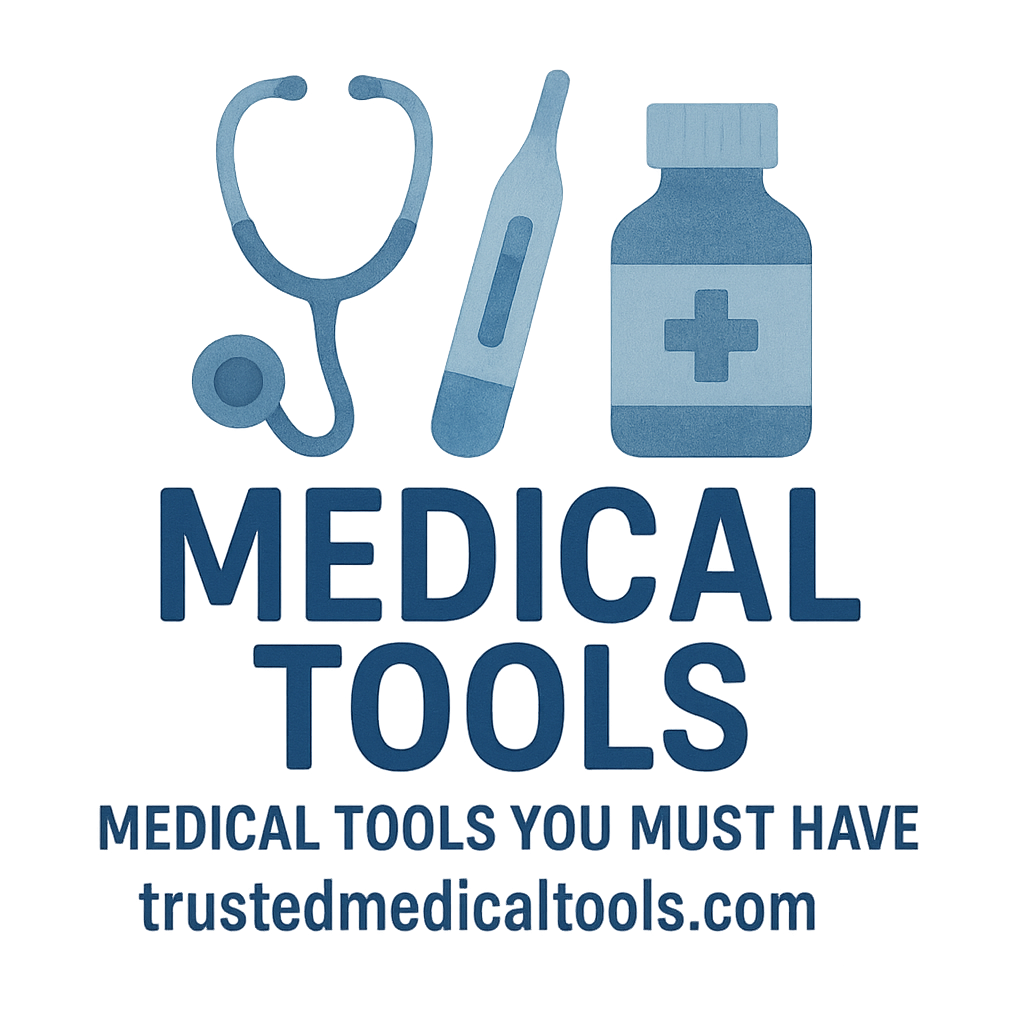Introduction
Health is the most valuable asset we possess, and in today’s world, staying on top of our health is easier than ever. With the help of various medical tools, it’s possible to monitor vital metrics like blood pressure, blood sugar, and oxygen levels from the comfort of your home. These tools allow you to track your health regularly, detect potential issues early, and take preventive measures.
In this article, we’ll explore eight essential medical tools designed to monitor blood pressure, sugar, and oxygen levels, which are key indicators of overall health. These tools will help you stay proactive in maintaining your well-being and empower you to take control of your health at home.
Why It’s Important to Monitor Blood Pressure, Sugar, and Oxygen Levels
Role of Regular Health Monitoring
Regularly checking your blood pressure, sugar levels, and oxygen saturation helps you spot any early warning signs of conditions like hypertension, diabetes, or respiratory problems. These conditions can be silent until they become serious, but with frequent monitoring, you can stay ahead of them.
Benefits of Early Detection
Early detection is a game-changer when it comes to managing chronic health conditions. By keeping tabs on these critical metrics, you can make adjustments to your lifestyle, diet, or medication regimen before things spiral out of control. For example, detecting high blood pressure early can prevent heart disease, while tracking your blood sugar levels can help you manage diabetes effectively.
Blood Pressure Monitors: The Key to Managing Hypertension
What is a Blood Pressure Monitor?
A blood pressure monitor is a medical device that measures the force of blood against the walls of your arteries as your heart pumps it around the body. Regularly monitoring your blood pressure is essential for detecting high blood pressure, also known as hypertension, which is often called the “silent killer” because it has no obvious symptoms.
Types of Blood Pressure Monitors
There are two main types of blood pressure monitors: digital and manual.
- Digital Blood Pressure Monitors: These are the most common for home use. They are easy to use, display readings on a screen, and automatically inflate and deflate the cuff.
- Manual Blood Pressure Monitors: These are often used in medical settings, where a healthcare provider listens for the blood flow sounds using a stethoscope while inflating the cuff. They require a bit more skill but are highly accurate.
How to Use a Blood Pressure Monitor
To get the most accurate reading, ensure you follow the instructions carefully. Typically, you should sit comfortably with your arm supported at heart level. The cuff should be snug but not tight around your upper arm. After the reading is displayed, take note of both the systolic (top number) and diastolic (bottom number) readings.
Recommended Blood Pressure Monitors for Home Use
Some top-rated digital monitors for home use include:
- Omron Platinum Blood Pressure Monitor: Known for its accuracy and user-friendly features.
- Withings BPM Connect: A smart monitor that syncs with your phone for easy tracking.
For more options, check out the full range of Home Essentials on trusted medical websites.
Blood Sugar Monitoring: A Must for Diabetic Patients
What is a Blood Sugar Monitor?
A blood sugar monitor, or glucometer, is used to check the amount of glucose (sugar) in your blood. This tool is essential for anyone with diabetes or prediabetes, as it helps you keep your blood sugar levels in check and avoid complications.
Types of Blood Sugar Monitors
- Glucometers: These are handheld devices that use small test strips to measure blood sugar. You’ll need to prick your finger to obtain a blood sample.
- Continuous Glucose Monitors (CGMs): These are more advanced tools that provide real-time readings of your blood sugar levels throughout the day and night. CGMs are often used by people with type 1 diabetes, but they are becoming more popular in type 2 management as well.
How to Use a Blood Sugar Monitor
Using a blood sugar monitor usually involves inserting a test strip into the device, pricking your finger with a lancet, and placing the blood on the strip. The device will then display your blood glucose level in a few seconds.
Best Blood Sugar Monitors for Home Use
- Accu-Chek Guide: A reliable glucometer known for its accuracy and easy-to-read display.
- Dexcom G6 CGM: A top-rated CGM that provides continuous monitoring and alerts.
For a full guide on choosing the right blood sugar monitor, visit the DIY Health Check.

Oxygen Level Monitors: Why They Matter for Respiratory Health
What is an Oxygen Level Monitor (Pulse Oximeter)?
A pulse oximeter is a small, non-invasive device that measures your oxygen saturation (SpO2) levels. This device is especially important for individuals with respiratory conditions like asthma, COPD, or COVID-19.
How Does a Pulse Oximeter Work?
The pulse oximeter works by shining light through your finger or earlobe and measuring the amount of oxygen in your blood based on how the light is absorbed. The device then displays the oxygen saturation level and heart rate.
Best Pulse Oximeters for Home Use
- Wellue Pulse Oximeter: A popular choice with a large, easy-to-read display and accurate results.
- iHealth No-Touch Pulse Oximeter: A more hygienic option for families or individuals who prefer to avoid finger contact.
For more options, browse the latest Monitoring Devices for home use.
Combining Multiple Health Monitoring Tools for Better Health
Benefits of Multi-Tool Health Monitoring
Using multiple health monitoring tools in tandem provides a holistic view of your health. Monitoring your blood pressure, sugar, and oxygen levels regularly can help detect potential issues before they become serious.
Using Tools Together for Comprehensive Health Tracking
For example, someone with diabetes may want to check their blood sugar levels while also monitoring their blood pressure to ensure they are not at risk for hypertension, which is common in people with diabetes. Similarly, monitoring oxygen levels can help detect respiratory issues before they become life-threatening.
Additional Considerations When Using Medical Tools at Home
Proper Calibration and Maintenance
It’s important to regularly calibrate and maintain your devices to ensure accurate readings. Most devices come with instructions on how to calibrate them, but make sure to follow up with professional checkups to validate their accuracy.
Consulting Your Doctor Regularly
Even though home health tools are incredibly useful, it’s essential to consult your doctor regularly. They can help you interpret the readings and suggest any necessary adjustments to your lifestyle or medication.
When to Seek Professional Help
If you notice any concerning trends in your readings, don’t hesitate to reach out to your healthcare provider. Early intervention is crucial, especially if there are signs of severe conditions like heart disease, diabetes complications, or respiratory failure.
Conclusion: The Importance of Staying on Top of Your Health
Staying proactive about your health is one of the best ways to ensure a long and healthy life. The eight medical tools we’ve discussed—blood pressure monitors, blood sugar monitors, and oxygen level monitors—are essential for anyone looking to take charge of their health. Regular monitoring helps you catch potential problems early, so you can take action before they escalate.
Remember, these tools are only one part of the equation. Maintaining a balanced diet, staying active, and consulting your doctor regularly are key components of a healthy lifestyle. If you’re looking to invest in any of these devices, check out trusted sources like Trusted Medical Tools for more information.
Frequently Asked Questions
What are the best tools for monitoring blood pressure at home?
The best options include digital monitors like the Omron Platinum or Withings BPM Connect.
How do I check my blood sugar at home?
You can use a glucometer or a continuous glucose monitor (CGM) to check your blood sugar levels at home.
Are pulse oximeters accurate for home use?
Yes, pulse oximeters are generally accurate for home use, but it’s important to follow the manufacturer’s guidelines for proper usage.
Can I use a blood pressure monitor without a doctor’s recommendation?
Yes, most blood pressure monitors are designed for home use and don’t require a prescription.
How often should I check my blood sugar levels?
It depends on your personal health and your doctor’s advice. Many people with diabetes check their levels multiple times a day.
What is the best time to monitor blood pressure?
It’s best to monitor your blood pressure at the same time each day, preferably in the morning before taking medications.
Are home health monitoring tools reliable for long-term use?
Yes, as long as they are properly calibrated and maintained, home health monitoring tools can be reliable for long-term use.


